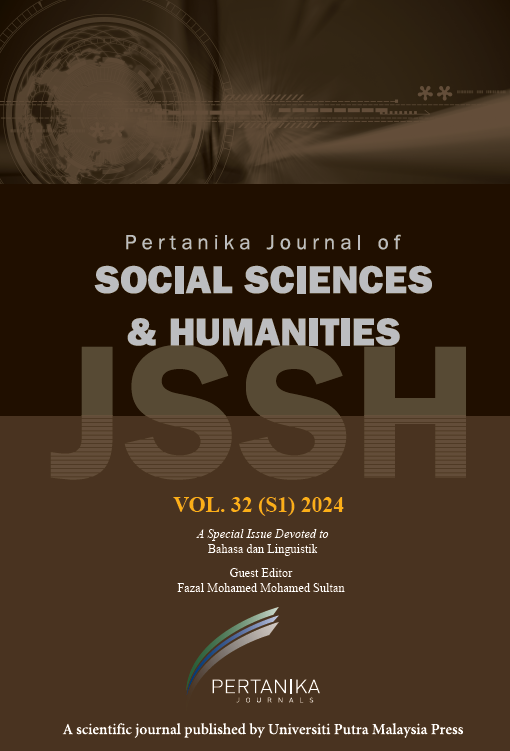PERTANIKA JOURNAL OF SOCIAL SCIENCES AND HUMANITIES
e-ISSN 2231-8534
ISSN 0128-7702
A Causal Relationship Model of Primary Public School Students’ Achievement: A Multiple Group Analysis
Thanomwan Prasertcharoensuk, Jenphop Chaiwan, Keow Ngang Tang and Pattrawadee Makmee
Pertanika Journal of Social Science and Humanities, Volume 28, Issue 4, December 2020
DOI: https://doi.org/10.47836/pjssh.28.4.29
Keywords: Professional learning community, students’ achievement, teachers’ collective efficacy, transformational leadership
Published on: 24 December 2020
This research aimed to examine the causal relationship model of primary school students’ achievement. The coverage included all types of primary public schools, namely formal and extended primary, in urban and rural areas, respectively, throughout Thailand. A survey was carried out with 1,200 school administrators and teachers from 600 schools with the intention of testing the goodness of fit of the causal relationship model with the empirical data. Results disclosed that the causal relationship model of students’ achievement were identified as congruous with empirical data, with χ2 =58.381, df = 45, χ2/df = 1.307, CFI = 1.000, TLI = 0.999, RMSEA = 0.016, and SRMR = 0.007. In addition, the three main variables, namely teachers’ collective efficacy, transformational leadership, and professional learning community, significantly affected students’ achievement, directly and positively. On top of that, transformational leadership significantly affected both the variables of teachers’ collective efficacy and professional learning community; the professional learning community significantly affected teachers’ collective efficacy directly and positively. Finally, the test of invariability of the linear causal relationship model of students’ achievement indicated that the two models, in either formal primary school or extended primary, were found to have the goodness of fit with the empirical data. Results contribute significantly to knowledge by proposing the causal relationship model to provide a connection between the three key factors, namely transformational leadership, professional learning community, and teachers’ collective efficacy, to improve primary school students’ achievement.
ISSN 0128-7702
e-ISSN 2231-8534
Recent Articles




